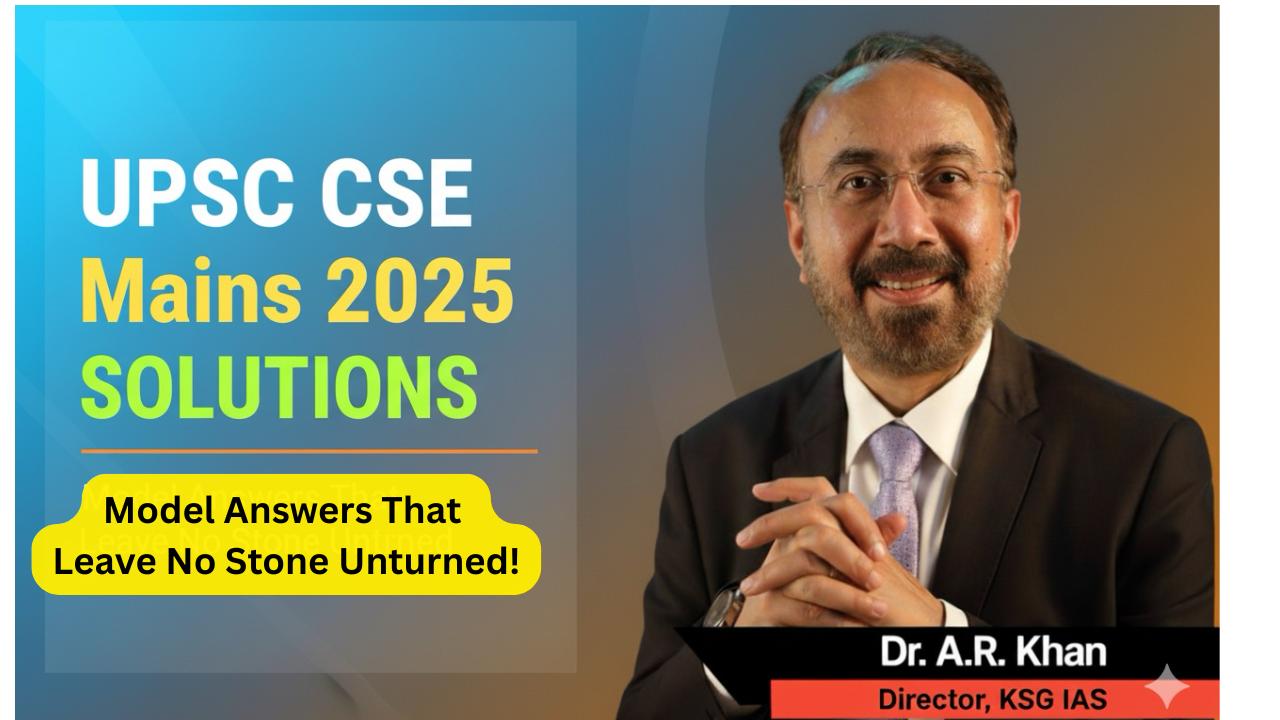Q17. In contemporary development models, decision-making and problem-solving responsibilities are not located close to the source of information and execution, defeating the objectives of development.” Critically evaluate.
Possible Introductions
Conceptual:
Decentralised governance is considered vital for effective development since those closest to the problem often understand it best. However, many contemporary development models still operate with centralised, top-down decision-making.
Contextual:
Despite the 73rd and 74th Constitutional Amendments, local governments in India often lack autonomy and resources, undermining participatory development.
Philosophical:
As Elinor Ostrom (Nobel Laureate, 2009) argued, “polycentric governance” is more efficient for problem-solving than centralised bureaucracies.
Main Body
1. Why Locating Decision-making Close to the Source Matters
-
- Local Knowledge: Community institutions have contextual understanding of socio-cultural realities (e.g., tribal areas, slum settlements).
- Responsiveness: Local governance ensures quicker identification and solution of problems.
- Accountability: Citizens can directly question local bodies, unlike distant centralised authorities.
- Ownership: Participatory planning creates trust and sustainability.
2. Contemporary Development Models – Centralised Tendencies
-
- Top-down Schemes: Centrally Sponsored Schemes (CSS) like Swachh Bharat, PMAY, MGNREGA → guidelines framed centrally, limiting local flexibility.
- Digital Governance Bias: Platforms (CoWIN, GSTN) designed centrally → rural/poor faced exclusion despite local needs.
- NITI Aayog Planning: Focuses on broad frameworks; states/PRIs often execute without full say in design.
- Bureaucratic Control: Line departments retain funds and staff; Panchayati Raj Institutions (PRIs) often sidelined.
- Donor-driven Models: In the global South, IFI-funded projects often bypass local institutions.
3. Consequences: Defeat of Development Objectives
-
- Mismatch of Priorities: Example: Water conservation schemes ignoring local traditional methods → failed check dams.
- Exclusion of Marginalised: Top-down health programmes often neglect gender, caste, tribal realities.
- Leakages & Inefficiencies: Centralised control leads to corruption and poor monitoring.
- Loss of Sustainability: Projects collapse after initial push due to lack of community ownership.
4. Counter-Arguments (Merits of Centralised Planning)
-
- Economies of Scale: Large-scale infrastructure, vaccination campaigns need central coordination.
- Equity Concerns: Central oversight prevents local elite capture of resources.
- National Priorities: Climate action, renewable energy, defence, and digital infrastructure require strong central leadership.
5. Way Forward – Balancing Centralisation with Localisation
-
- Strengthen PRIs & ULBs: Ensure devolution of 3Fs — funds, functions, functionaries.
- Participatory Planning: Gram Sabhas, citizen feedback loops.
- Context-sensitive Schemes: Flexibility for states/local bodies to adapt CSS.
- Capacity Building: Digital tools, training for local officials.
- Examples: Kerala’s People’s Plan Campaign (1996) → 35–40% state plan outlay devolved to local bodies; Brazil’s Participatory Budgeting → improved service delivery.
Sweet Spot – Table
| Aspect | Centralised Approach | Decentralised Approach | Impact |
|---|---|---|---|
| Knowledge | Uniform schemes | Context-specific solutions | Higher success rates |
| Accountability | Distant bureaucracy | Local citizen oversight | Less leakage |
| Sustainability | Project-driven | Community ownership | Long-term impact |
| Equity | May bypass local context | Risk of elite capture | Needs balance |
Possible Conclusions
Balanced:
Contemporary development models often fail because decision-making is distant from ground realities; but over-localisation also risks fragmentation.
Policy-linked:
The vision of “cooperative federalism + grassroots empowerment” must guide India’s development, aligning NITI Aayog frameworks with empowered PRIs and ULBs.
Philosophical:
True development is not merely about schemes delivered from above, but about empowerment from below.
Forward-looking:
India@2047 requires governance that is both centrally strategic and locally responsive, ensuring that voices closest to problems are central to their solutions.

